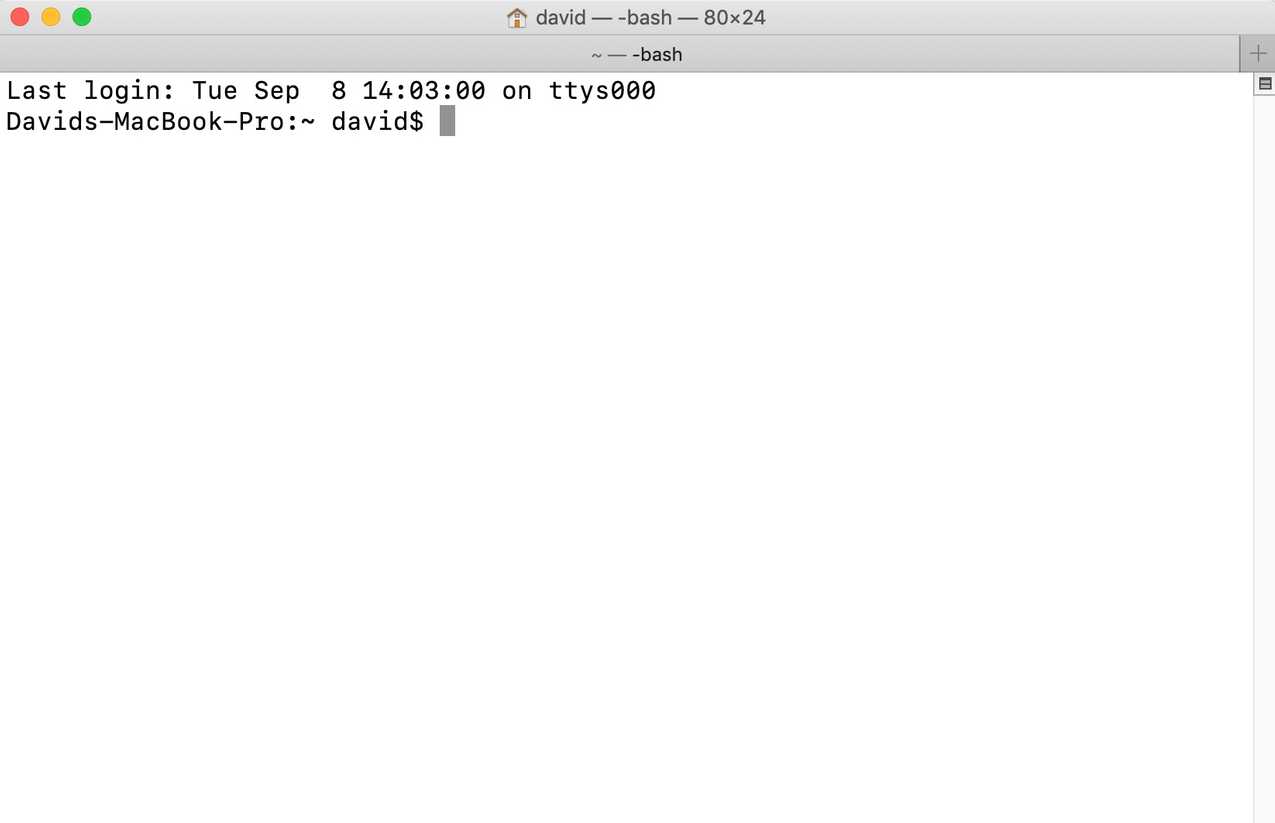

- #Mac terminal find file size mac os x#
- #Mac terminal find file size pdf#
- #Mac terminal find file size full#
- #Mac terminal find file size pro#
2023 Developer: RARLab License: Freeware OS: macOS File size: 586 KB.
#Mac terminal find file size mac os x#
To create a file, you can run the following command: mkfile 100m test.pdf. UnRarX is a Mac OS X Cocoa application that allows you to expand rar archives and.
#Mac terminal find file size pdf#
Mkfile creates a file of a specified size with "dummy" data (You can create a file with a PDF extension, but it won't be a proper/valid PDF). So what does mkfile, and how can we use it? The default size unit is bytes, but the following suffixes may be used to multiply by the given factor: b (512), k (1024), m (1048576), and g (1073741824).īut to be honest, this description is not really beginner friendly. Non-root users must set the sticky bit using chmod(1). The sticky bit is set, and the file is padded with zeroes by default. Select the items, press and hold the Control key, then choose File > Get Summary Info.

You can also get a summary of information about multiple items. An information window opens for the item. Choose File > Get Info, or press Command-I. DSStore files in the current directory (.) and its subdirectories and DELETE them: find. On your Mac, in a Finder window or on the desktop, select the item. Find files that are over 1 GB but less than 20 GB in size: find /Movies -size +1024M -size -20480M -print0. Mkfile creates one or more files that are suitable for use as NFS-mounted swap areas. Find files that are over a gigabyte in size: find /Movies -size +1024M. So what are the other options, you might ask? The answer is simple - the mkfile command. You will be successful after a few moments, but is it easiest to do that? What if you need to test multiple file sizes? Finding the right file with the right size would take a long time. You would probably try to find some files on your local drive or the internet.

In this manner, you can access the "du" program on another OS X installation and use it via the Terminal in the Recovery drive.Imagine you need to test something, and you need to have a file of a specific size (or file bigger than n MB). dd if/dev/zero ofFileName bs2048 count1000. The standard nix/osx tool for this is dd. Creating a 'constantly increasing in size' file will eventually eat all your disk space, and the OS will crash, forcing you into recovery. Alternatively, search Terminal in Spotlight. You need to explain what limit you are looking for. Go to Finder > Applications folder > Utilities folder and click Terminal.
#Mac terminal find file size pro#
Macintosh\ HD) or can use quotes around it (e.g., "Macintosh HD"). Below is a working way to use Terminal to detect the duplicate files on your MacBook Air, MacBook Pro or iMac etc. If DRIVENAME has a space in it, then you can precede the space with a back-slash (e.g. Log out and log back in to your user account. Press Option-Command-Escape or choose Force Quit from the Apple menu, then select the Finder and click Relaunch.
#Mac terminal find file size full#
If in addition you have another OS X boot drive available, then you can run the "ls" command from there with its full path, such as the following: To relaunch the Finder: Hold the Option key and right-click the Finder icon in the Dock, then select Relaunch. For instance, to run the command "ls" you can simply do so because the Terminal points to the hidden /bin directory on your boot drive that contains this tool (the boot drive being your Recovery HD volume or whatever one is currently active). You ought to be able to access CLI tools from another boot volume in the Terminal, but will have to target them by their full path. I managed to force-mount the drive in a read-only mode or something, which worked. Anyway, I installed the OS onto a different volume. du -sh /path/to/dir// 48K /path/to/dir/dir1/ 4.0K /path/to/dir/dir2/ 6.7M /path/to/dir/dir3/ 20K /path/to/dir/dir4/ 8.0K /path/to/dir/dir5/ 44K /path/to/dir/dir6/.


 0 kommentar(er)
0 kommentar(er)
